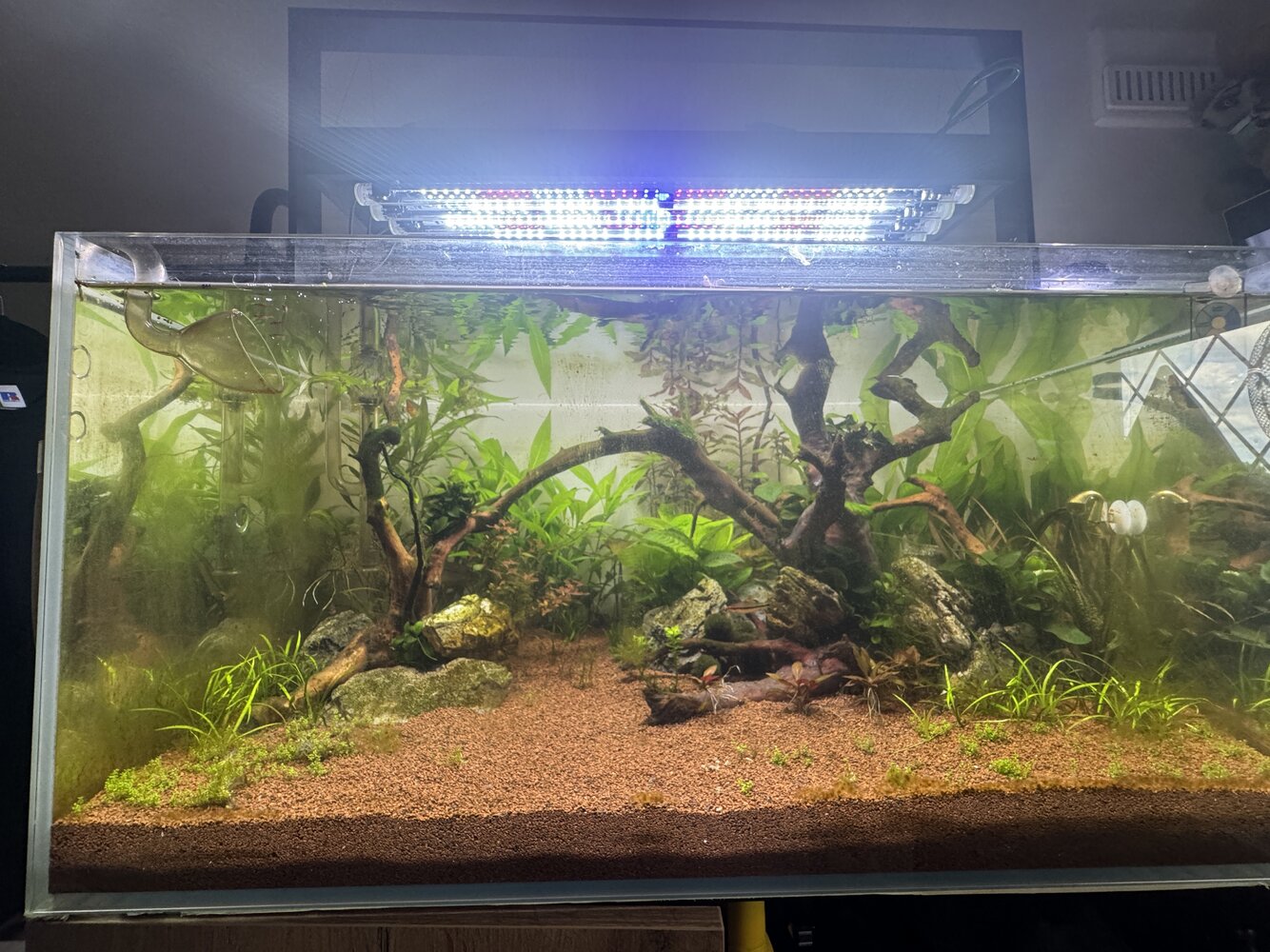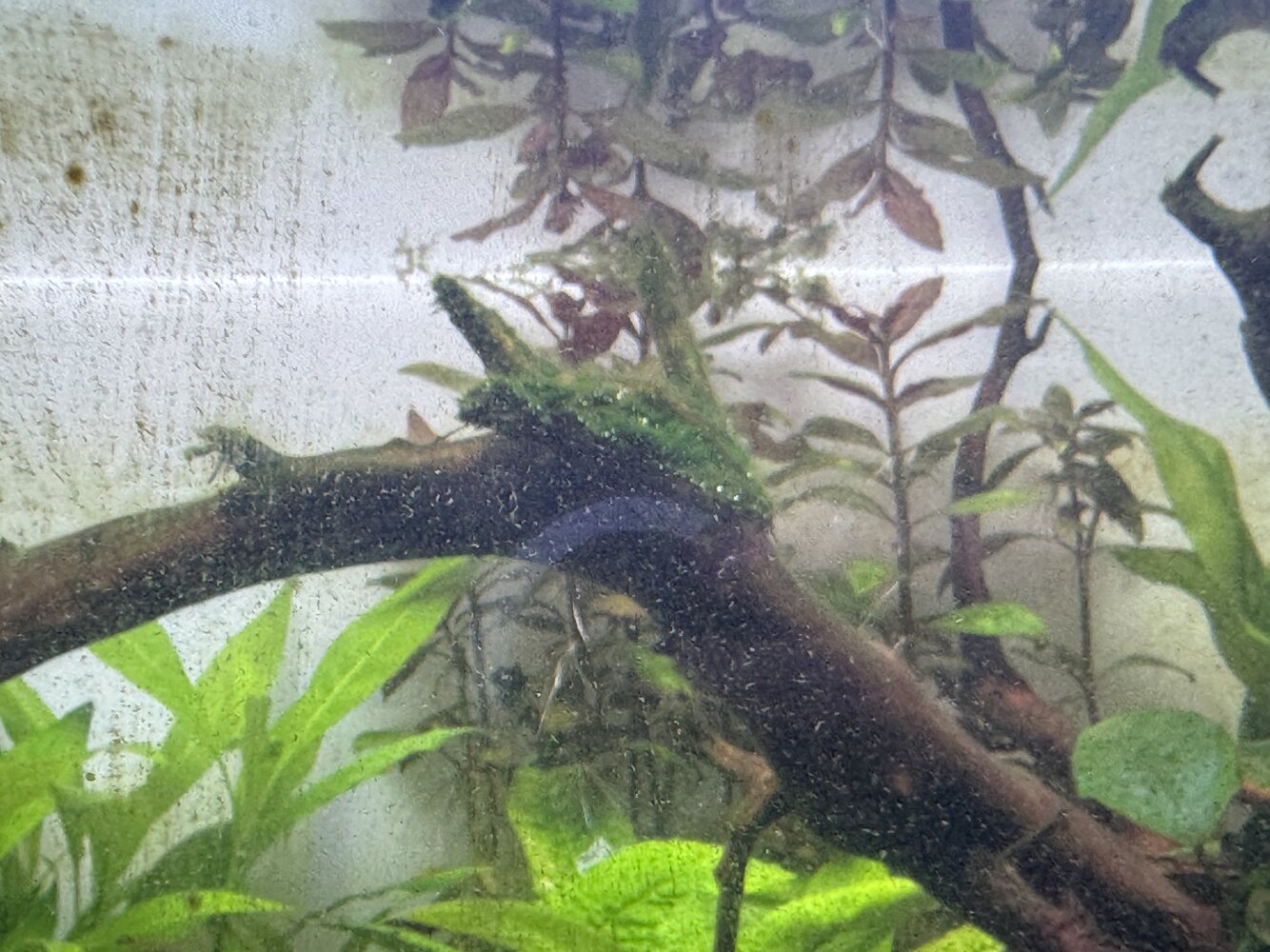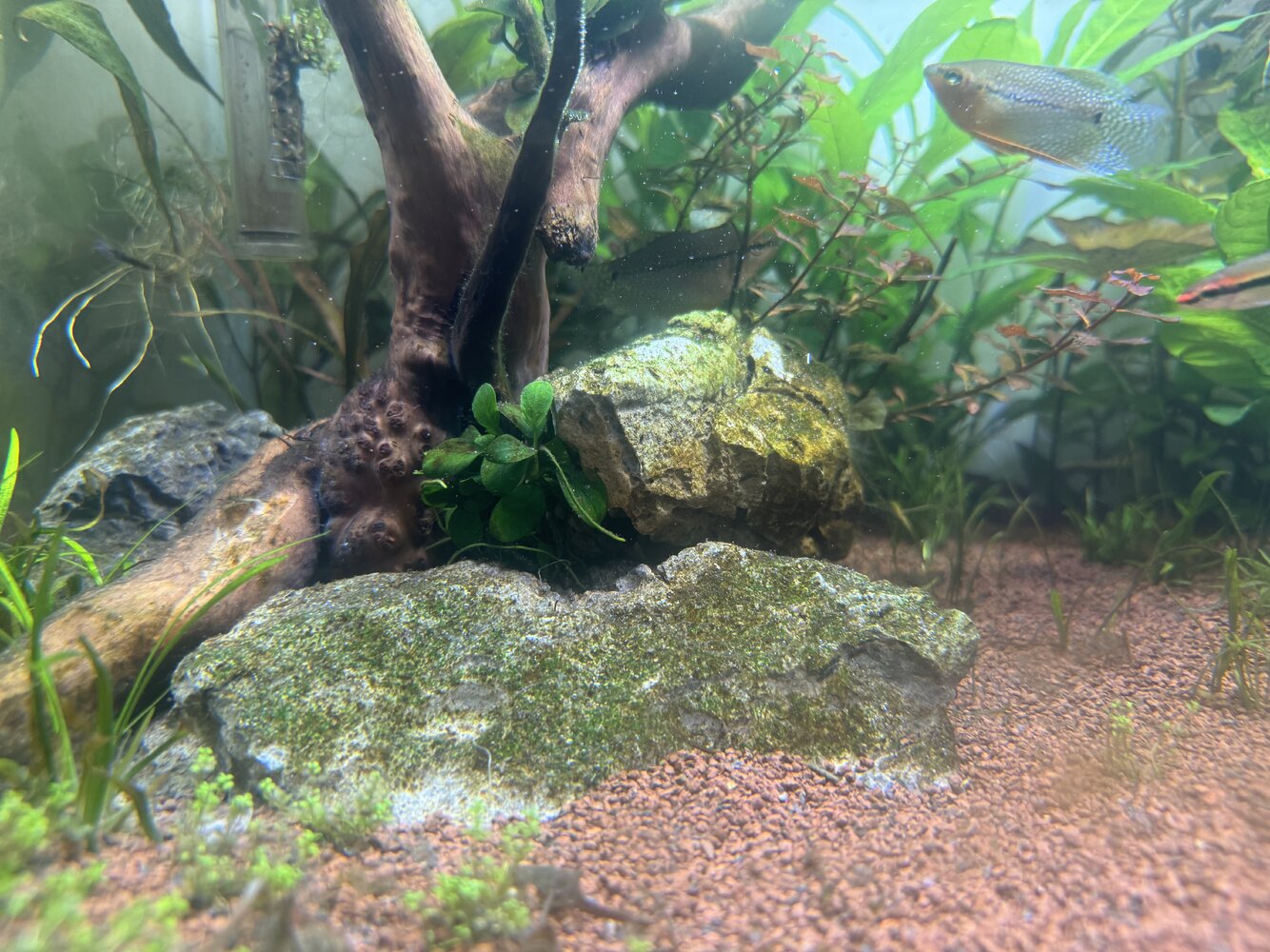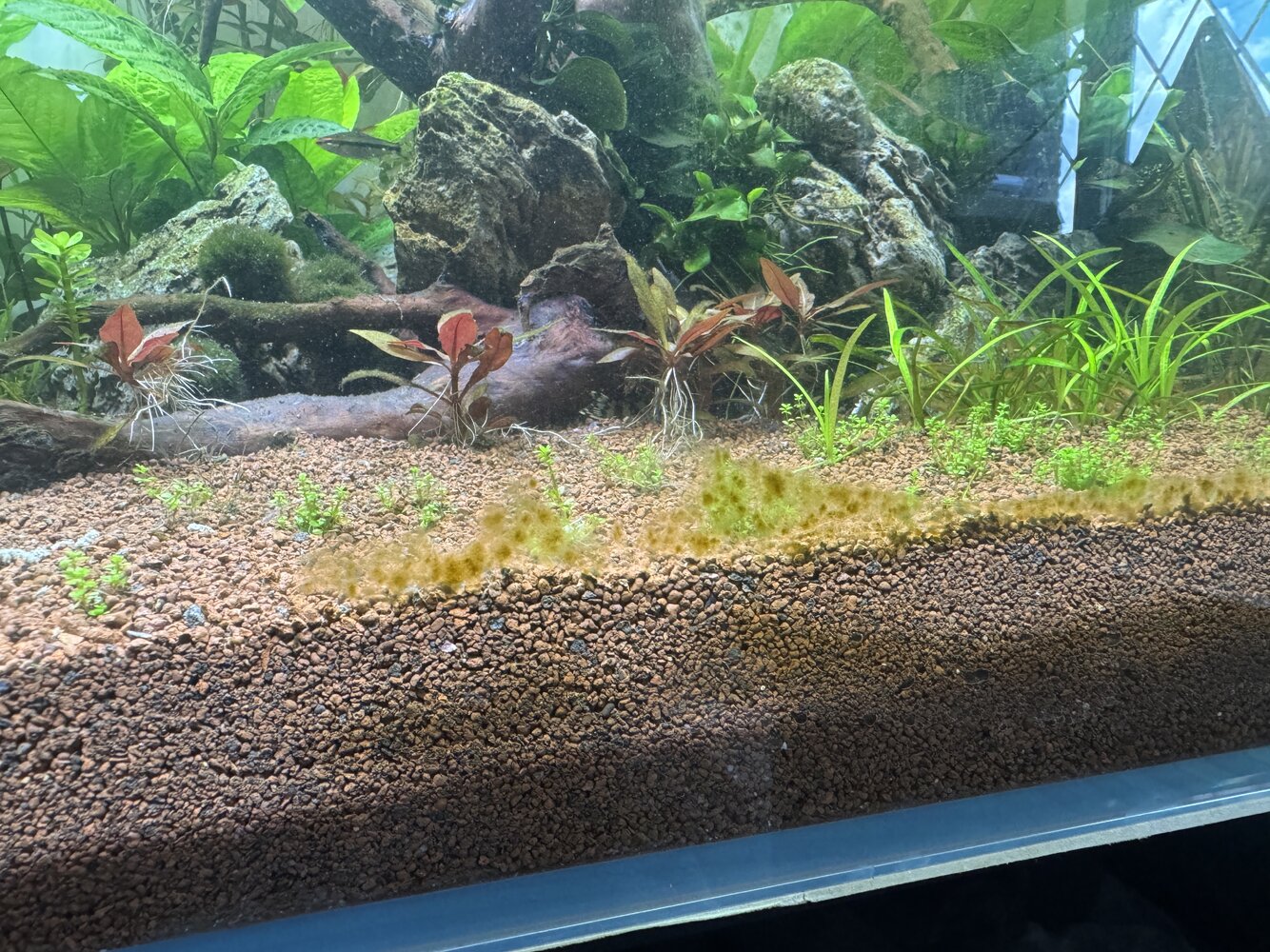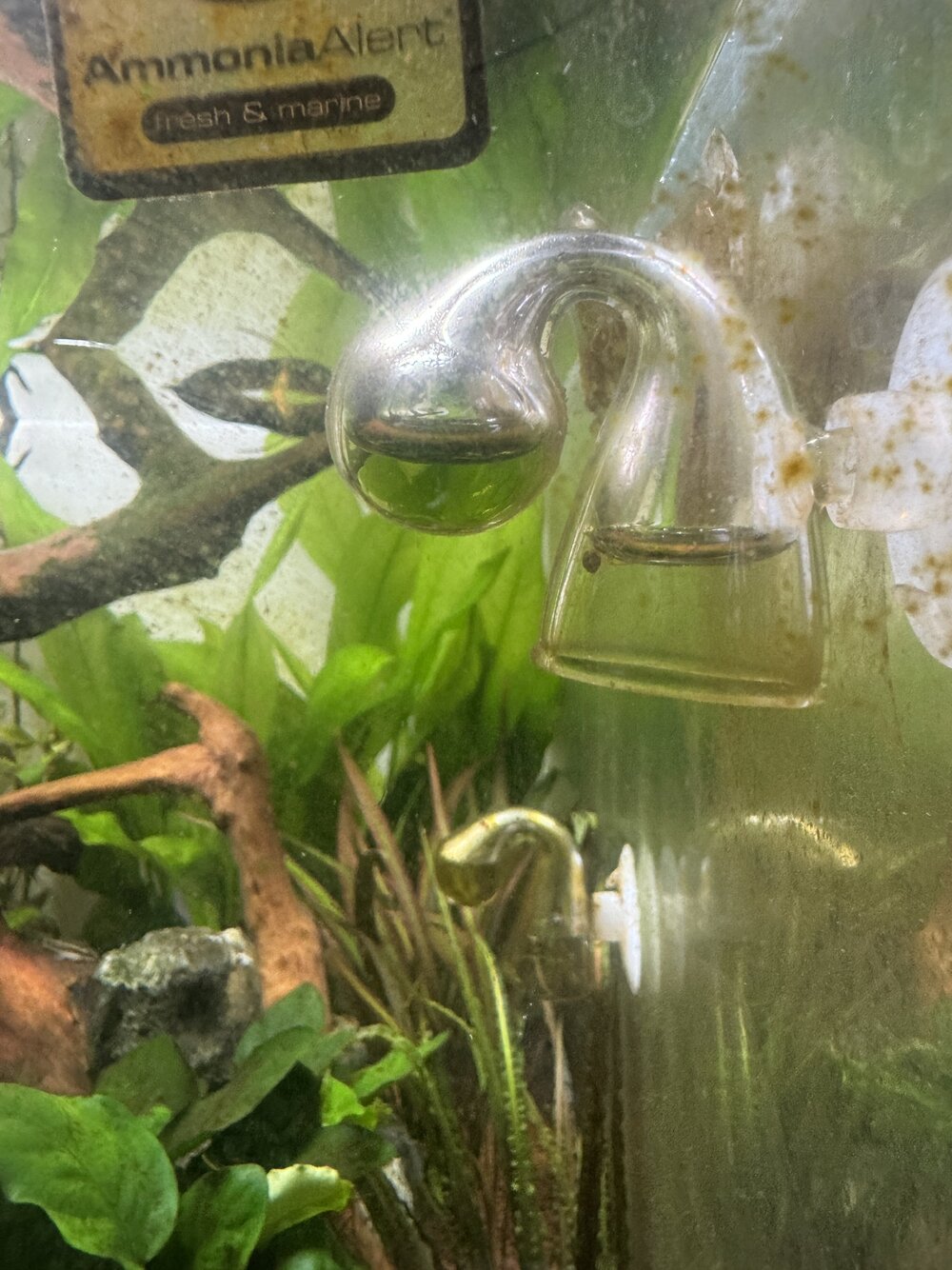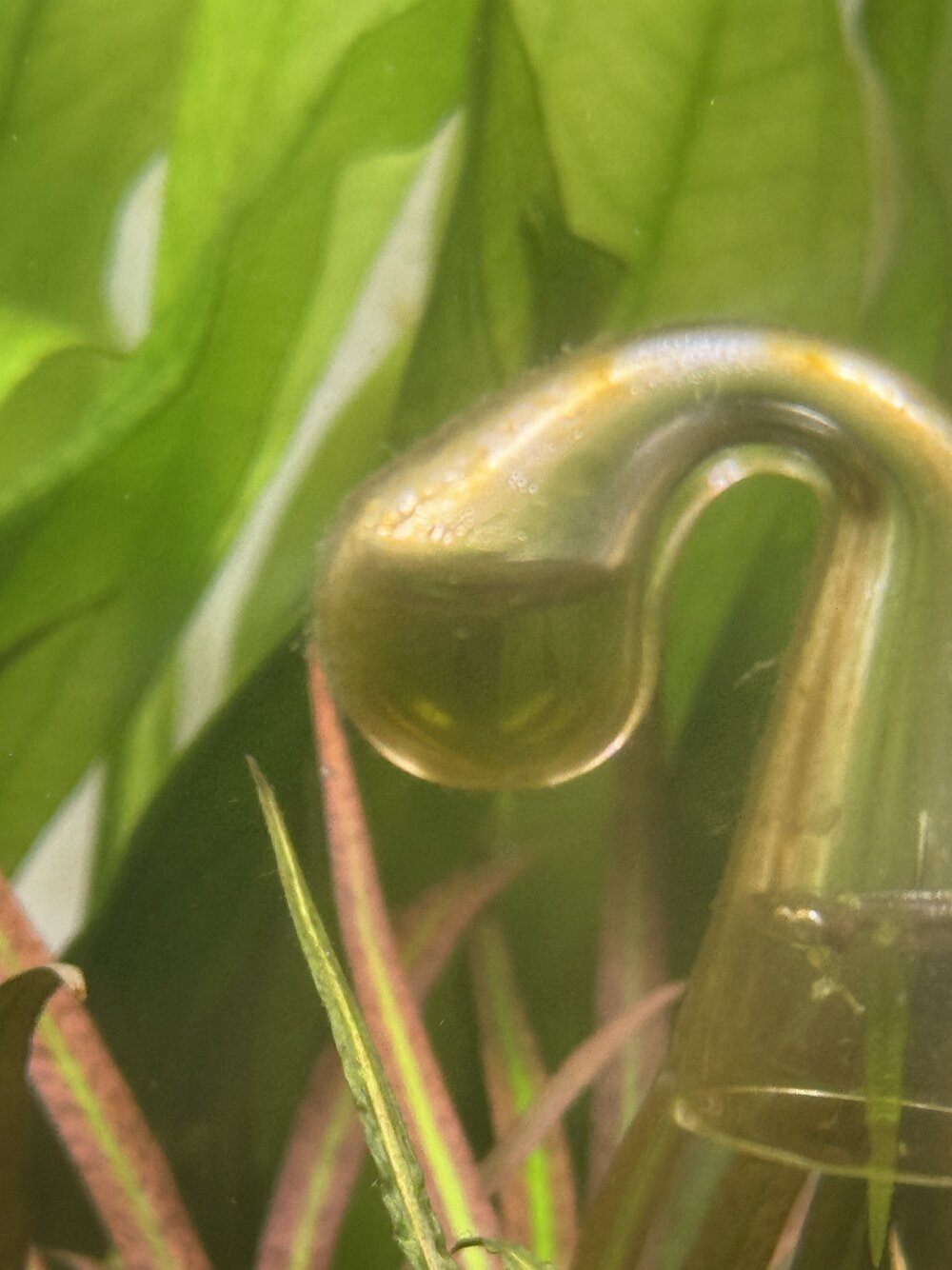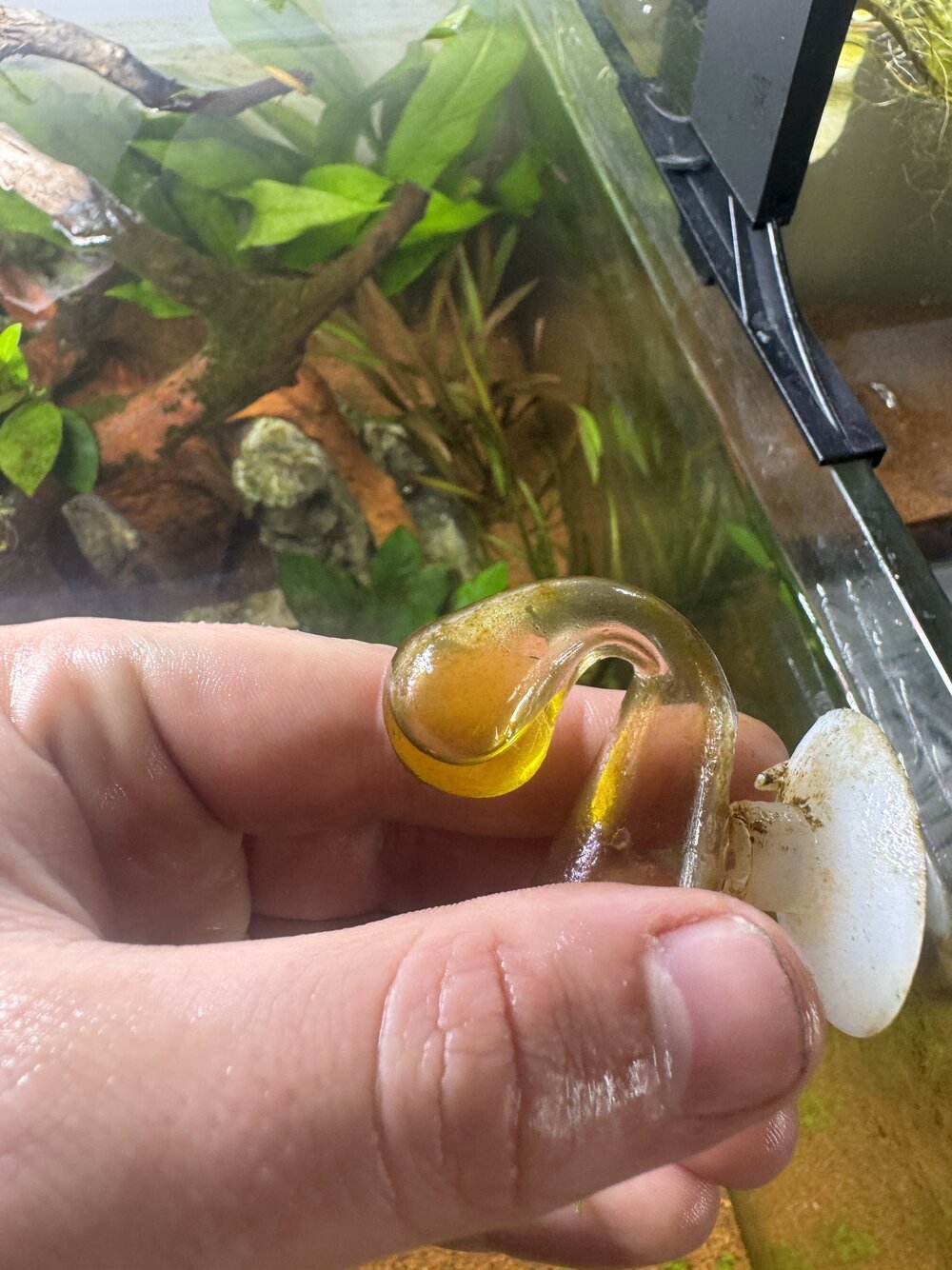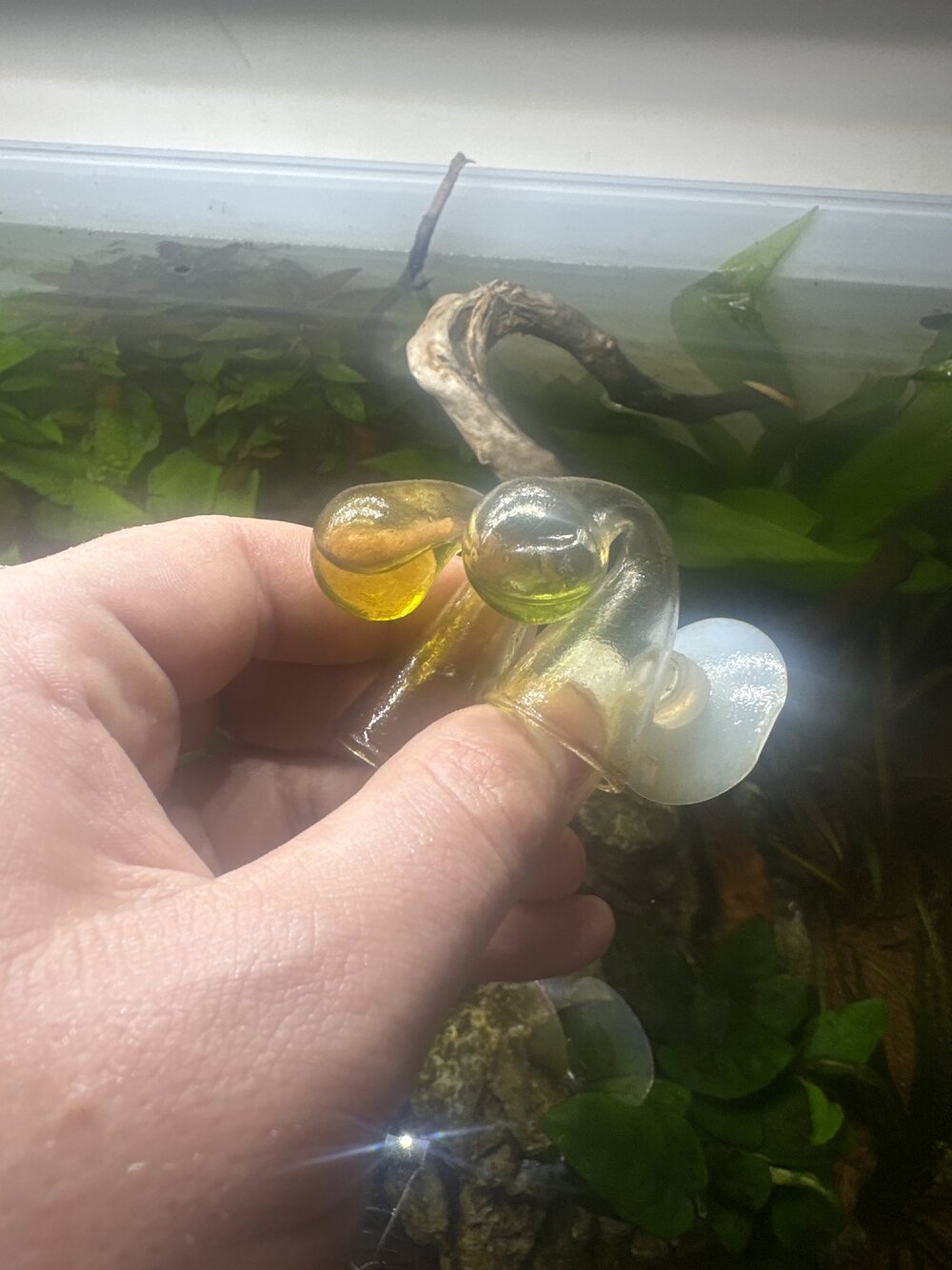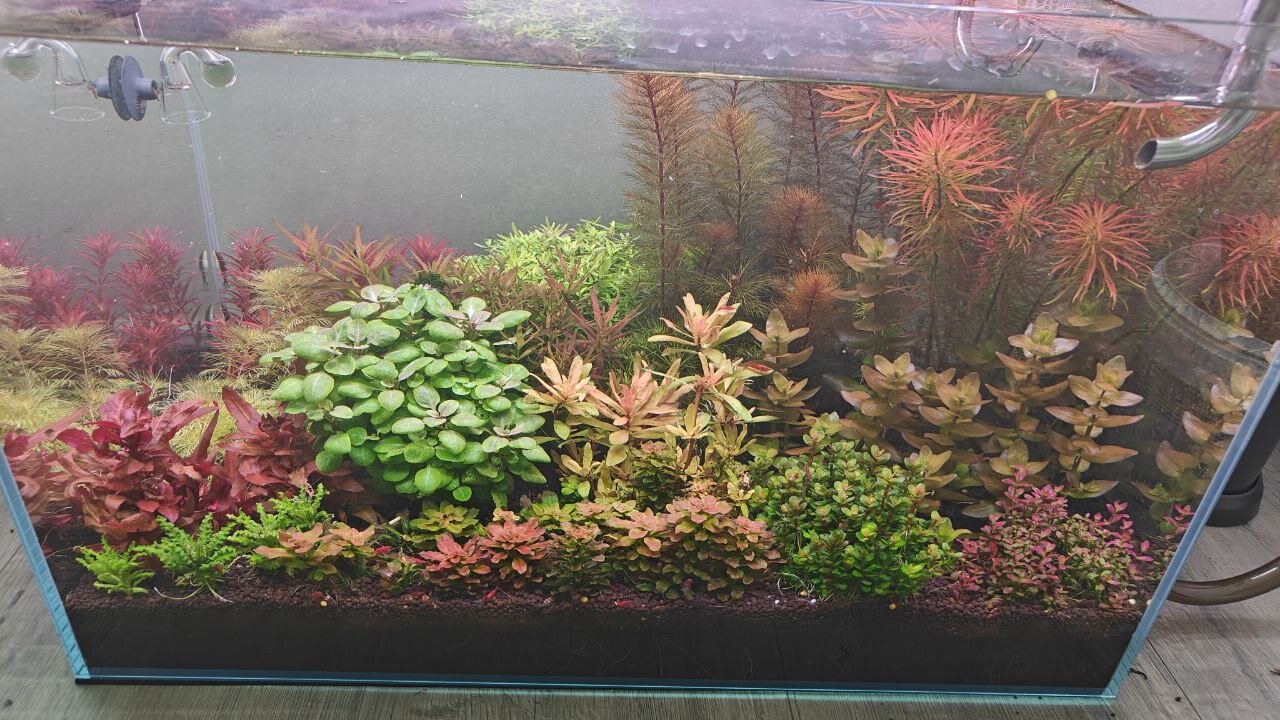willmort56
New Member
Hello, I have a reasonably new aquascape 243l setup with co2 injection and ei dosing (tnc complete 25ml per day)
I seem to be struggling with algae and diatoms, the tank has been running for about a month and is already stocked with torpedo barbs, Pygmy Corydoras, a pair of pearl gouramis (which have already spawned and I’m currently rasing the fry in another tank!) and a few other small fish I had to move from another tank. The tank was setup with cycled media and nitrico goop so the cycle is going fine. (Nitrate, ammonia 0ppm)
Recently I have had a lot of algae grow on the wood and glass (photos attached) my local aquatic shop told me to up the co2 but on the drop checker it looks about right and if I use the ph/kh chart it seems way too high but the fish are happy so that seems wrong!
Ignore the failed carpet plants the gouramis ruined it for there bubble nest !
Does anyone have any advice on what i should do !
I seem to be struggling with algae and diatoms, the tank has been running for about a month and is already stocked with torpedo barbs, Pygmy Corydoras, a pair of pearl gouramis (which have already spawned and I’m currently rasing the fry in another tank!) and a few other small fish I had to move from another tank. The tank was setup with cycled media and nitrico goop so the cycle is going fine. (Nitrate, ammonia 0ppm)
Recently I have had a lot of algae grow on the wood and glass (photos attached) my local aquatic shop told me to up the co2 but on the drop checker it looks about right and if I use the ph/kh chart it seems way too high but the fish are happy so that seems wrong!
Ignore the failed carpet plants the gouramis ruined it for there bubble nest !
Does anyone have any advice on what i should do !


